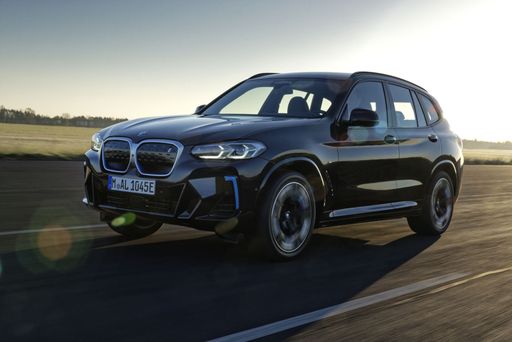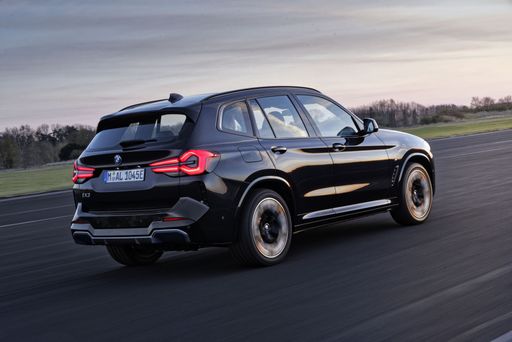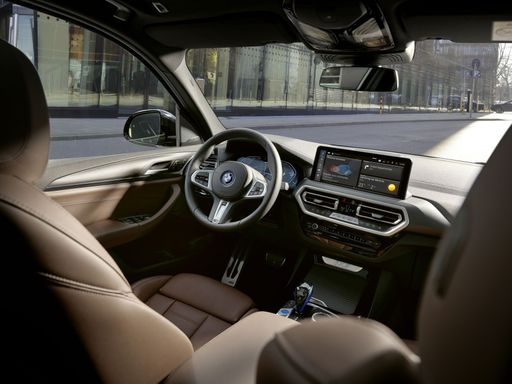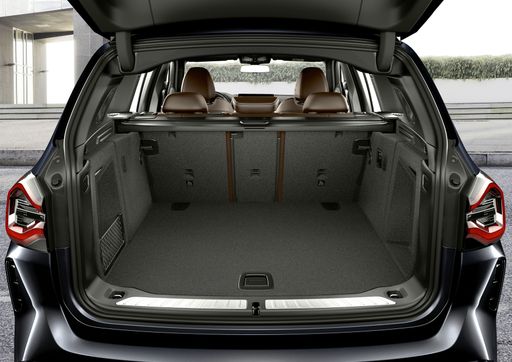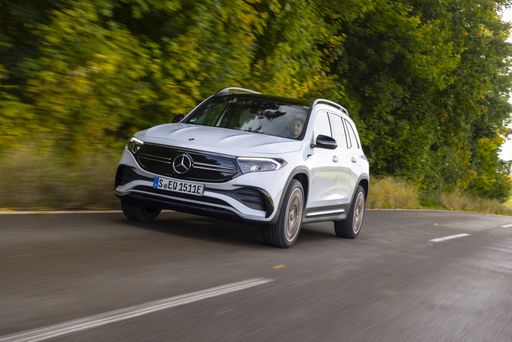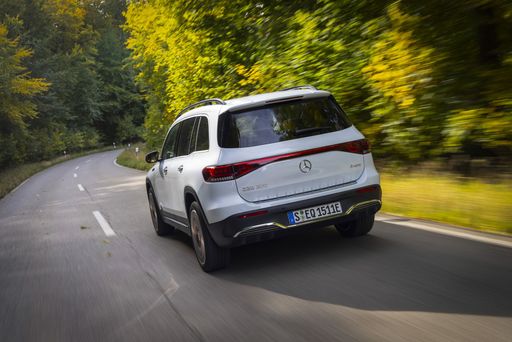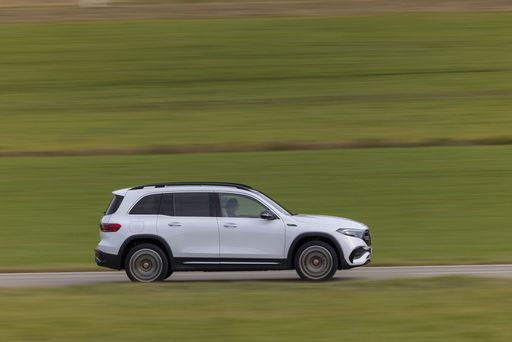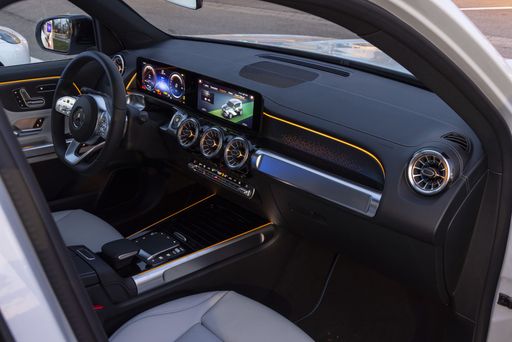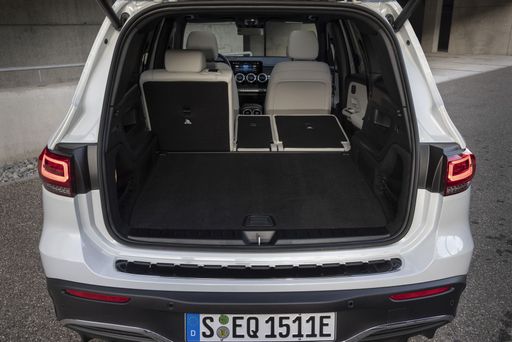BMW iX3 vs Mercedes EQB: A Tail of Two Electric SUVs
As the automotive industry accelerates toward an electrified future, two contenders have emerged in the electric SUV segment: the BMW iX3 and the Mercedes EQB. Both models showcase impressive innovations, but they cater to different tastes and needs. In this comparison, we’ll dive deep into their technical specifications, features, and driving experiences to help you decide which one suits you best.

